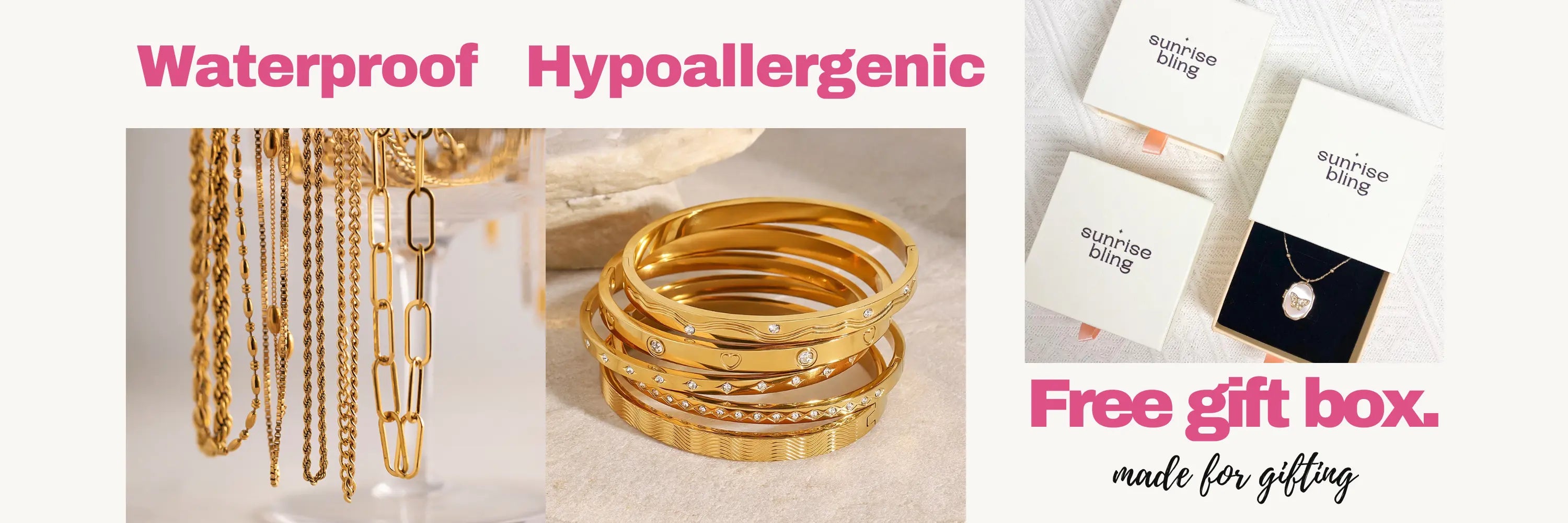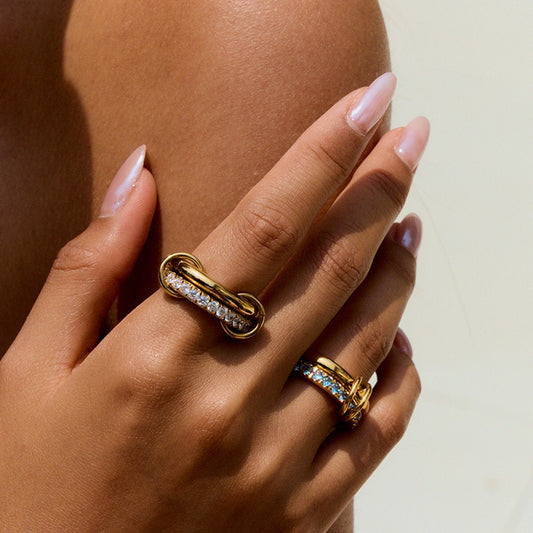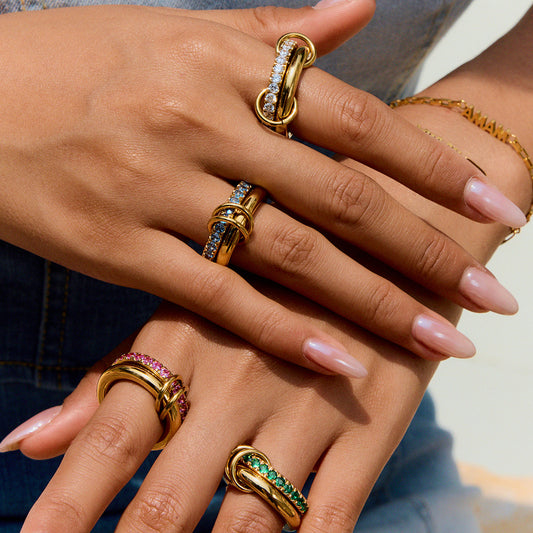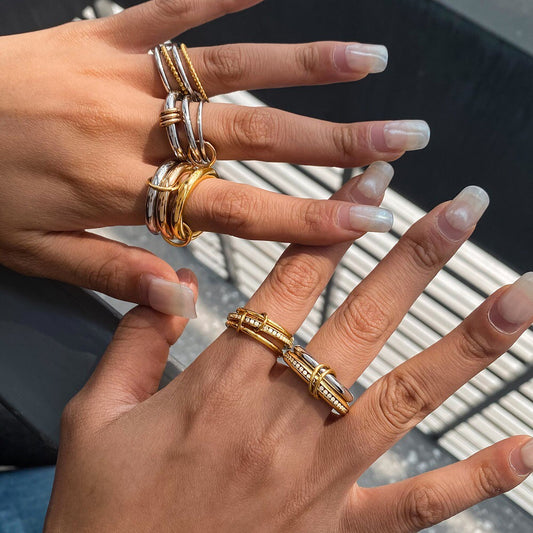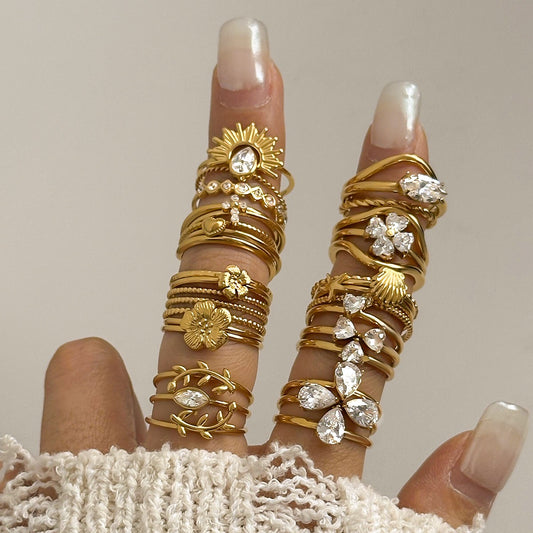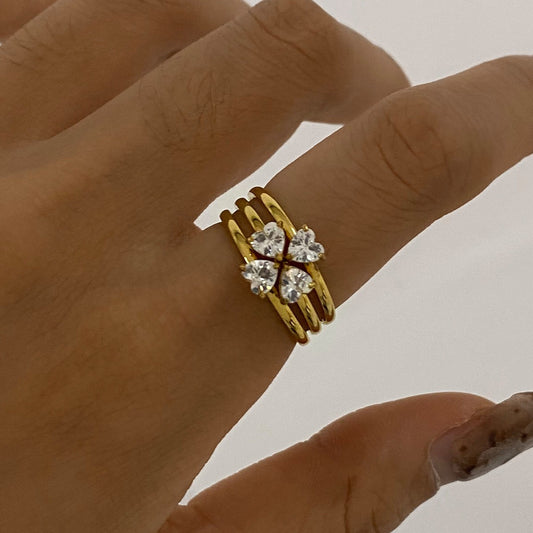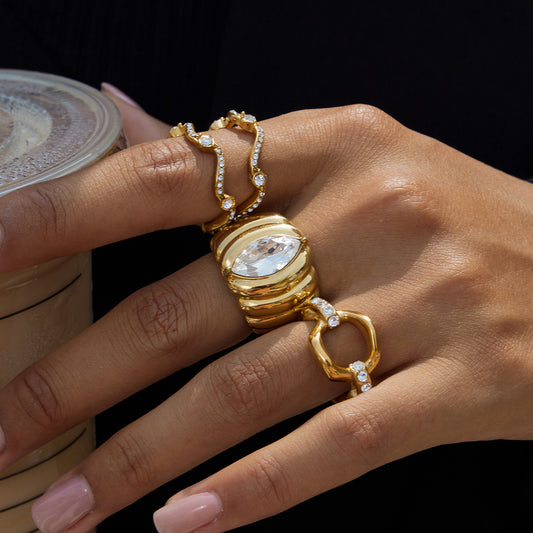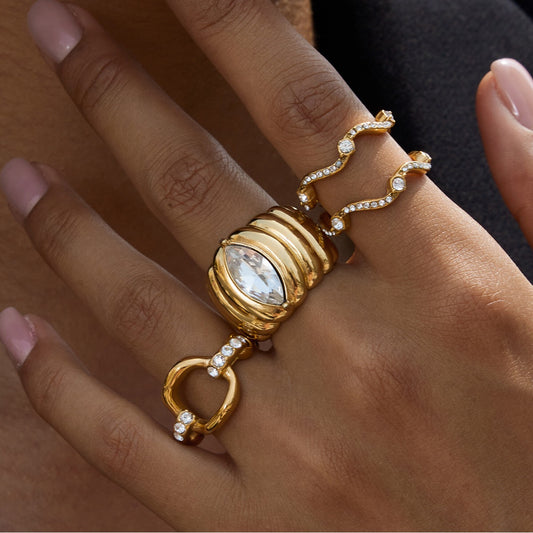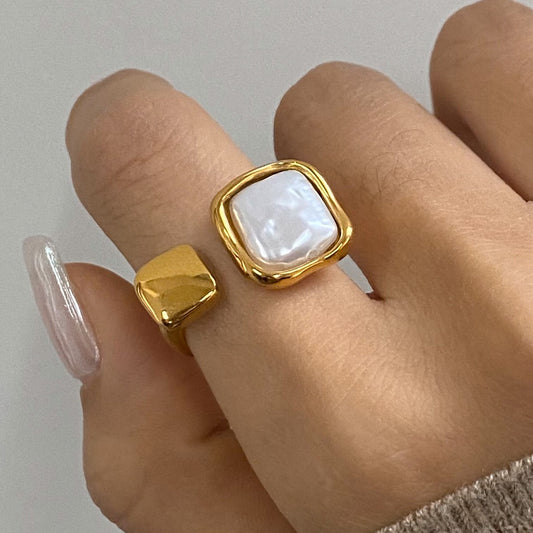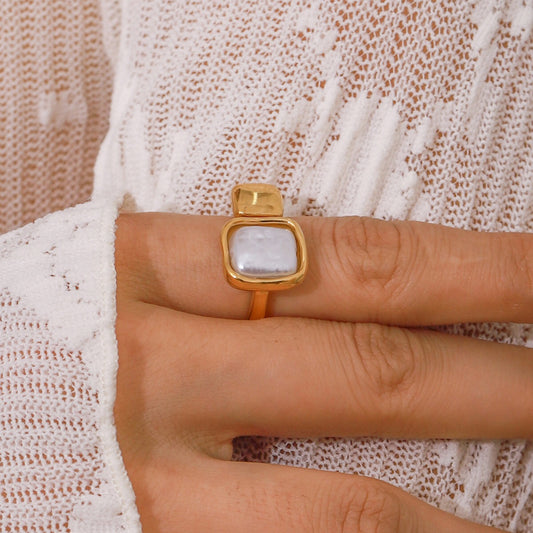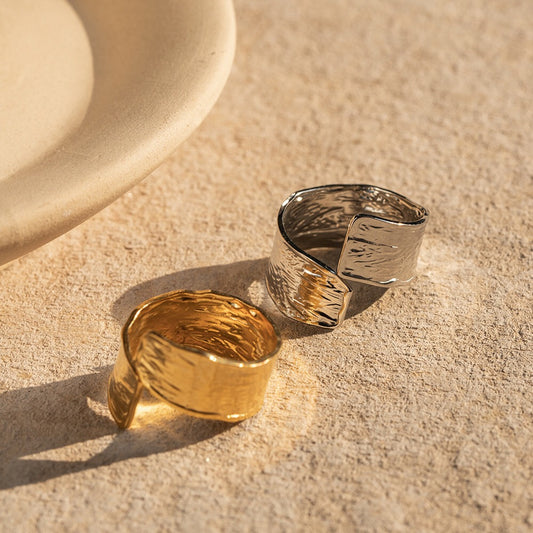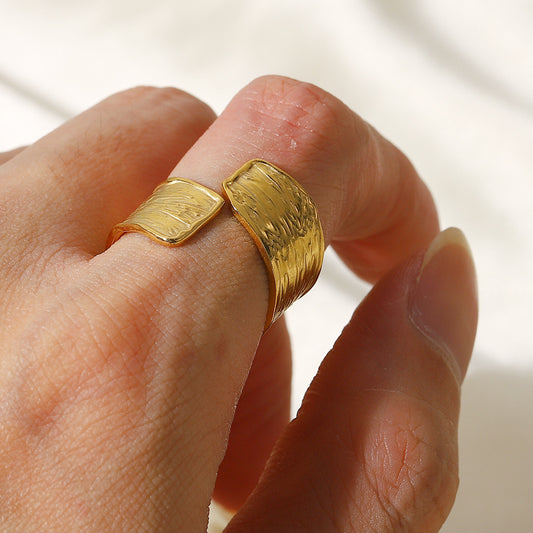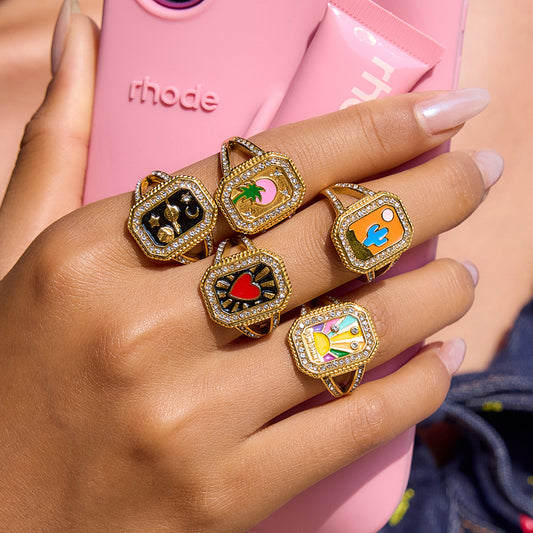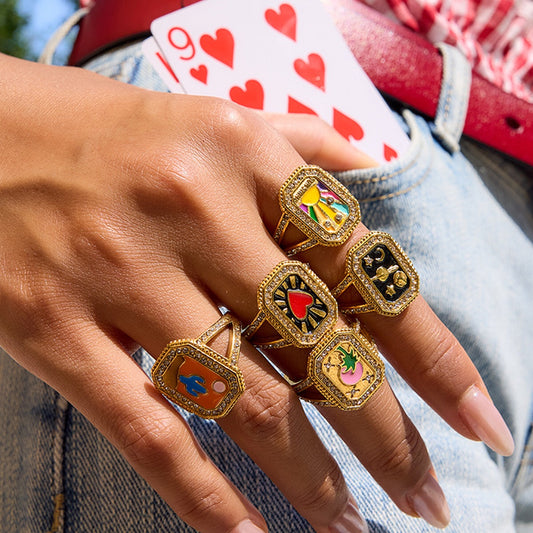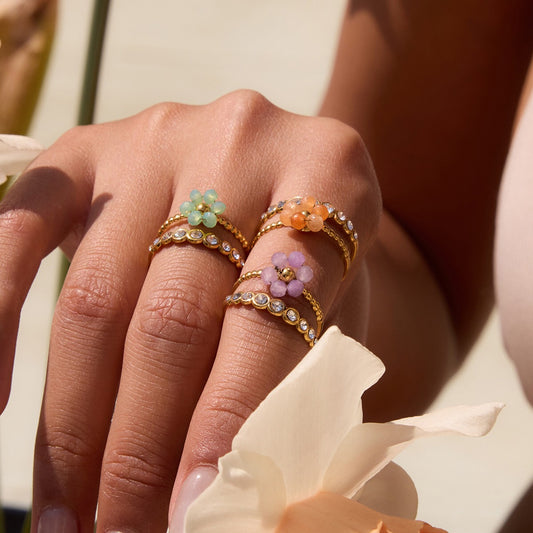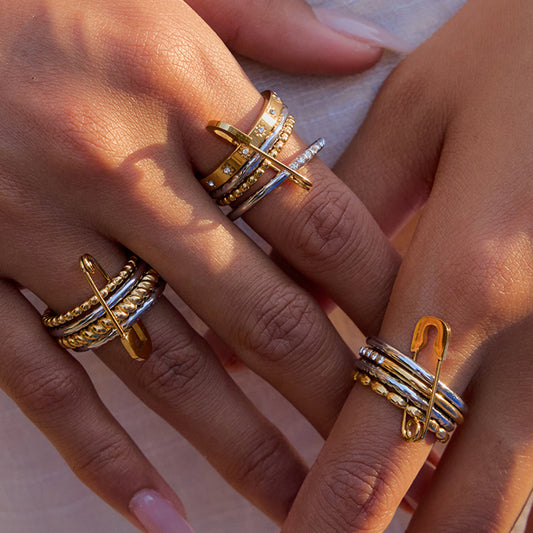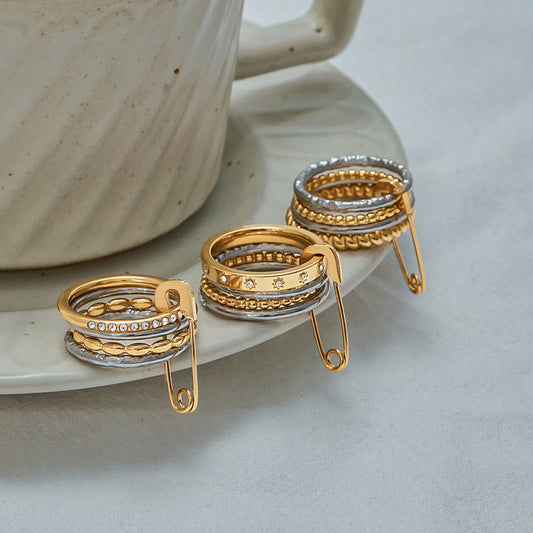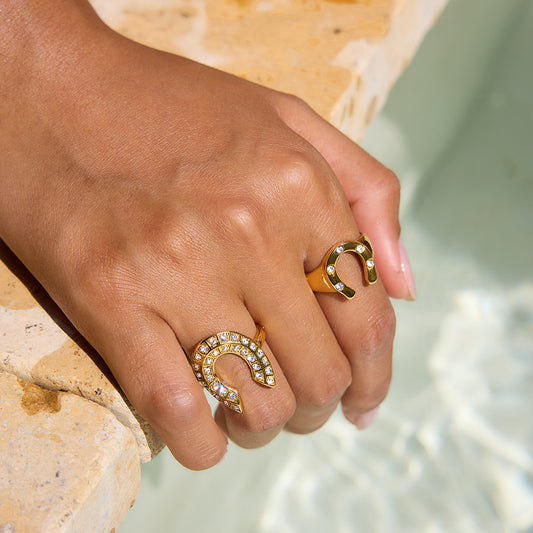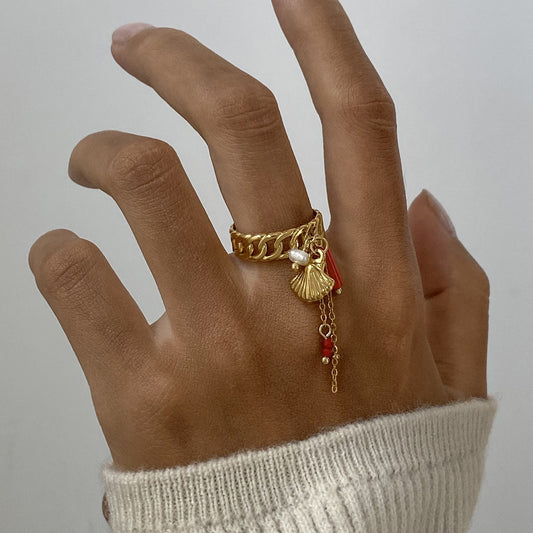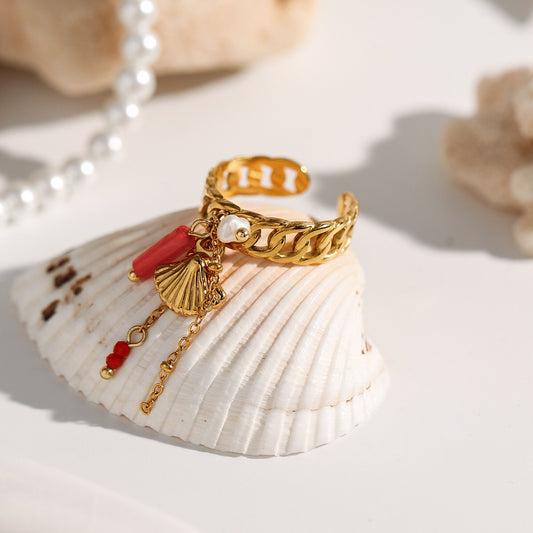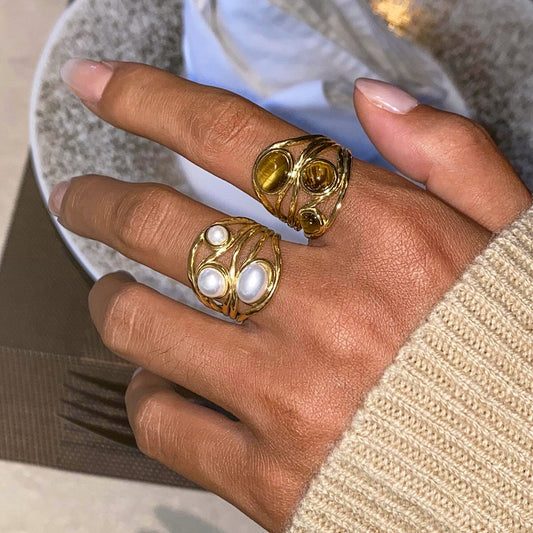Emerald rings have captivated jewelry lovers for centuries, living up to their tagline of “rich green sparkle, timeless style” with their vivid, lush hue and enduring elegance. The Gems and Jewellery Market was valued at USD 431.57 Million in 2024, and is expected to reach USD 608.38 Million by 2030, rising at a CAGR of 5.95%. This popularity stems from emeralds’ unique “rich green sparkle”: a deep, saturated green (caused by trace amounts of chromium and vanadium) that no other gemstone can replicate, paired with a “timeless style” that works for engagements, family heirlooms, or everyday luxury. Whether you’re drawn to a minimalist solitaire or a vintage-inspired halo design, an emerald ring adds a touch of nature’s beauty and enduring sophistication to any jewelry collection. Let’s explore what defines emerald rings, why they’re so beloved, and how to care for these precious pieces.

What is Emerald Rings
Definition and Core Characteristics
Emerald rings are fine jewelry pieces featuring one or more emerald gemstones set in a metal band (typically gold, white gold, platinum, or silver). The “rich green sparkle” that defines emeralds comes from their status as a variety of the mineral beryl—with their distinct green color created by trace elements (chromium and vanadium) present during formation. Key traits of emerald rings include:
-
Emerald Gemstone: Ranges in color from light mint green to deep forest green (the most valuable are “vivid green” with high saturation). Most emeralds have inclusions (internal “birthmarks” like liquid or gas bubbles)—these are natural and often used to authenticate genuine emeralds (unlike synthetic emeralds, which have fewer inclusions).
-
Metal Band: The band’s color complements the emerald’s green: yellow gold enhances warmth, white gold/platinum highlights cool undertones, and rose gold adds a romantic contrast. Bands are typically 14k or 18k gold (for durability) or platinum (for luxury).
-
Setting Style: Holds the emerald securely while maximizing its “sparkle”—common settings include prong (lifts the emerald to catch light), bezel (wraps metal around the gem for protection), and halo (surrounds the emerald with small diamonds to amplify shine).
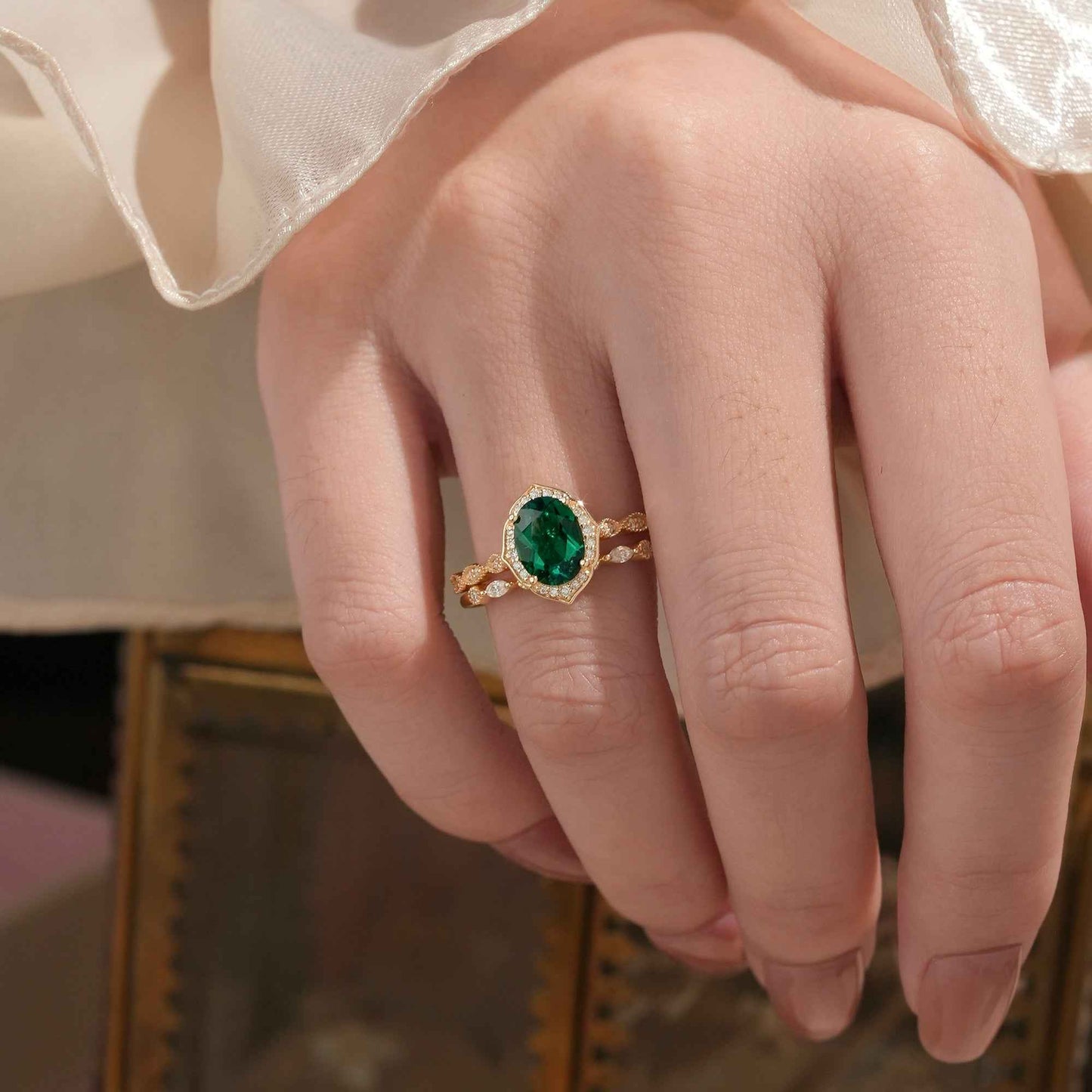
Types of Emeralds Used in Rings
Not all emeralds are the same—their origin and quality impact their “rich green sparkle” and value. The most sought-after types for emerald rings include:
-
Colombian Emeralds: Considered the “gold standard” of emeralds. Known for their vivid, uniform green color and minimal inclusions. Sourced from Colombia’s Muzo and Chivor mines—often the most expensive option for emerald rings.
-
Zambian Emeralds: The second-most popular type. Features a slightly deeper, bluer-green hue than Colombian emeralds. More abundant (and often more affordable) than Colombian emeralds, with fewer inclusions—ideal for statement rings.
-
Brazilian Emeralds: Lighter in color (mint to medium green) with more inclusions. More budget-friendly than Colombian or Zambian emeralds—great for casual or everyday emerald rings.
-
Synthetic Emeralds: Lab-grown emeralds with the same chemical composition as natural emeralds. Offer consistent “rich green sparkle” and fewer inclusions, at 30–50% the cost of natural emeralds. A popular choice for eco-conscious shoppers.

How Emerald Rings Differ from Other Colored Gemstone Rings
Emerald rings stand out from other colored gemstone rings (e.g., sapphire, ruby) due to three key factors:
-
Color: No other gemstone offers emeralds’ unique saturated green—sapphires are blue/pink, rubies are red, and peridots are pale green (lacks depth).
-
Symbolism: Emeralds have long been associated with love, growth, and renewal (dating back to ancient Egypt, where Cleopatra favored them)—unlike sapphires (symbolize loyalty) or rubies (symbolize passion).
-
Durability: Emeralds have a Mohs hardness of 7.5–8 (on a scale of 1–10), making them softer than sapphires (9) or rubies (9). This means emerald rings require slightly more care (avoiding rough activities) but are still suitable for daily wear with proper maintenance.
Why is Emerald Rings so popular
“Rich Green Sparkle, Timeless Style” Core Appeal
The top reason emerald rings are popular is their unbeatable combination of “rich green sparkle, timeless style.” The emerald’s vivid green is instantly recognizable and universally flattering—it complements all skin tones (warm, cool, neutral) and adds a pop of color to any outfit, from casual jeans to formal gowns. At the same time, their “timeless style” ensures they never go out of fashion: an emerald solitaire ring from the 1950s looks just as elegant today as it did decades ago, making emerald rings a wise investment for long-term wear.
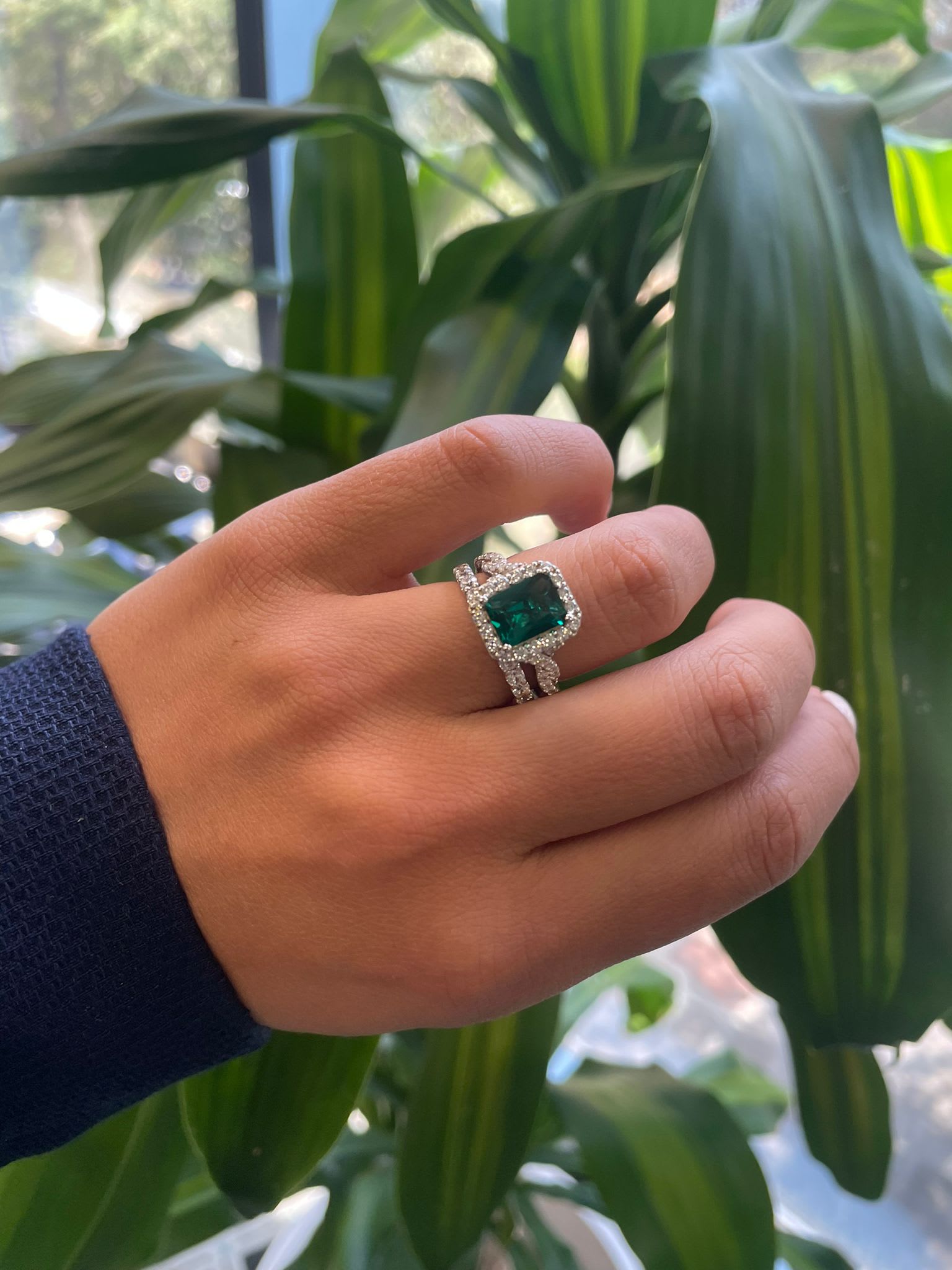
Symbolism and Sentiment
Emeralds carry deep symbolic meaning that resonates with many wearers:
-
Love and Commitment: For centuries, emeralds have been associated with enduring love—Cleopatra gifted emeralds to Mark Antony, and they’re now a popular alternative to diamonds for engagement rings (symbolizing growth and lasting partnership).
-
Growth and Renewal: The emerald’s green color mirrors nature’s vitality, making it a meaningful gift for milestones like graduations (new beginnings), promotions (career growth), or new motherhood (family growth).
-
Healing and Calm: In crystal healing traditions, emeralds are believed to promote emotional balance and reduce stress—many wearers choose emerald rings as a daily reminder of calm and positivity.
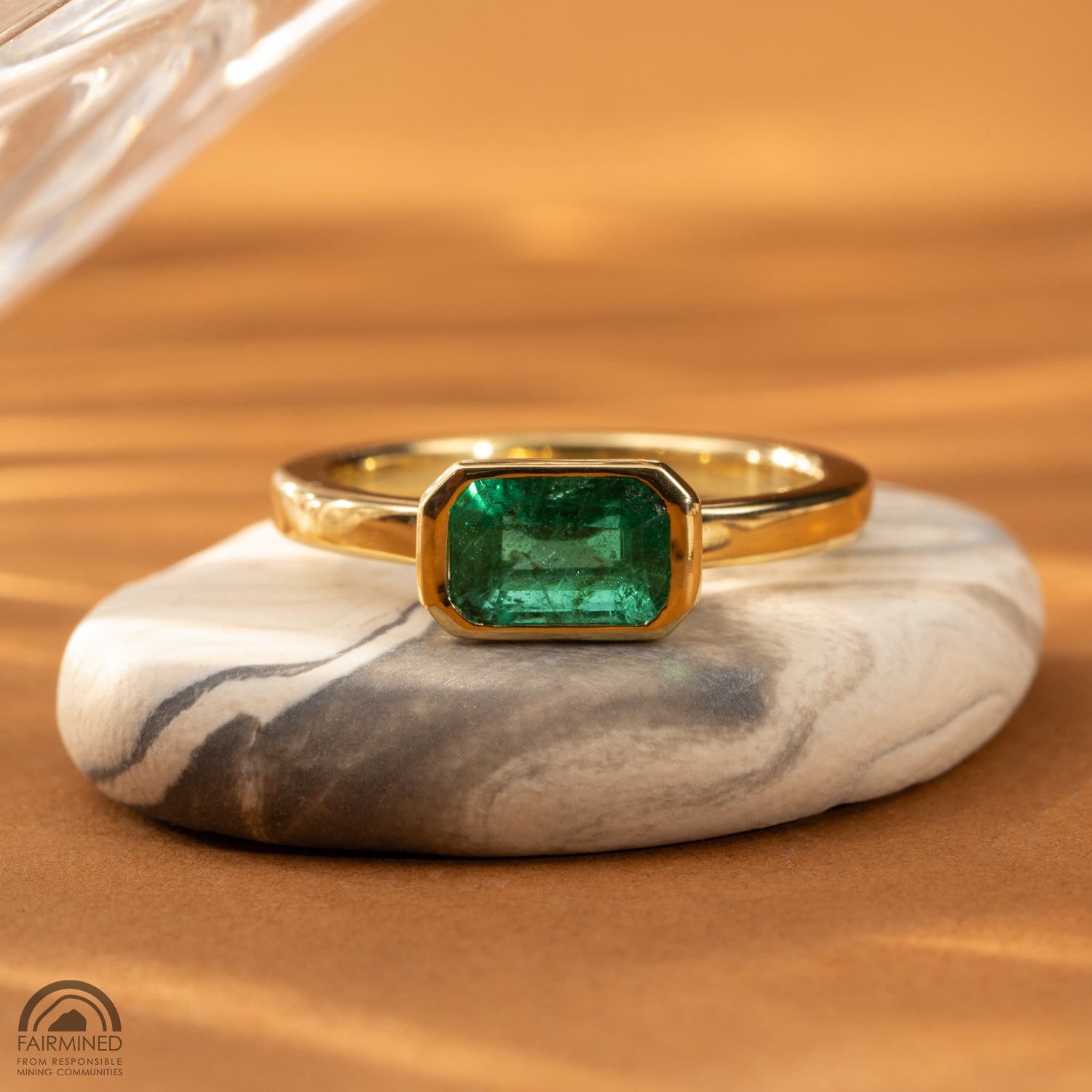
Versatility Across Occasions and Styles
Emerald rings adapt to every vibe, from casual to ultra-luxurious:
-
Everyday Casual: A small emerald (0.25 carats) set in a 14k gold band pairs with a white tee and jeans—adds “rich green sparkle” without feeling over-the-top.
-
Work/Professional: A delicate emerald and diamond accent ring (in white gold) complements a blazer and tailored pants—polished enough for meetings, but subtle enough to avoid distraction.
-
Formal Events: A large emerald (1+ carats) in a halo setting (surrounded by diamonds) elevates a black-tie gown—delivers showstopping “sparkle” for weddings or galas.
-
Sentimental Occasions: A family heirloom emerald ring (passed down from a grandmother) adds emotional weight to birthdays or anniversaries—connecting wearers to their heritage.
Rarity and Exclusivity
Natural emeralds are rare (far less common than diamonds), which adds to their appeal. While synthetic emeralds make them more accessible, natural emeralds (especially Colombian or Zambian) are considered luxury items—owning an emerald ring feels like owning a piece of nature’s rarity. This exclusivity makes emerald rings a status symbol, but their versatility ensures they never feel ostentatious.
Popular styles of Emerald Rings
Solitaire Emerald Rings
The most classic style—features a single emerald (no additional gemstones) set in a simple metal band.
-
Design: Available in prong, bezel, or cathedral settings (prong is most popular, as it maximizes “rich green sparkle” by letting light hit the emerald from all sides). Emerald sizes range from 0.25–3+ carats.
-
Why It’s Popular: Highlights the emerald’s natural beauty—no distractions from other gemstones. Perfect for minimalists or anyone who wants to showcase the emerald’s “rich green” color.
-
Best For: Engagement rings, everyday wear, or as a timeless addition to a jewelry collection.
Halo Emerald Rings
Features a central emerald surrounded by a “halo” of small diamonds (or colored gemstones like sapphires).
-
Design: The halo amplifies the emerald’s “sparkle”—the diamonds reflect light onto the emerald, making it appear larger and more vivid. The band may also have diamond accents for extra glamour.
-
Why It’s Popular: Combines the emerald’s rich color with diamond sparkle—ideal for those who want a bold, luxurious look. The halo adds a modern twist to the classic emerald ring.
-
Best For: Formal events, engagement rings, or gifting to someone who loves glamorous jewelry.
Vintage/Art Deco Emerald Rings
Inspired by designs from the 1920s–1940s—features intricate metalwork and geometric shapes.
-
Design: Often includes filigree (delicate metal patterns), milgrain edges (tiny beaded details), or baguette-cut diamonds paired with the emerald. Metal bands are typically yellow gold or platinum (true to vintage aesthetics).
-
Why It’s Popular: Offers “timeless style” with retro charm—perfect for lovers of antique jewelry. The intricate details add character that modern rings often lack.
-
Best For: Heirloom pieces, vintage-inspired weddings, or anyone who appreciates artisanal craftsmanship.
Three-Stone Emerald Rings
Features three gemstones: a central emerald flanked by two smaller gemstones (usually diamonds, but sometimes sapphires or rubies).
-
Design: The side gemstones complement the emerald—diamonds add sparkle, while sapphires (blue) create a striking color contrast. Symbolizes “past, present, future” (making it popular for anniversaries).
-
Why It’s Popular: Adds depth and symbolism without overwhelming the emerald’s “rich green sparkle.” Versatile enough for everyday wear or special occasions.
-
Best For: Anniversaries, milestone birthdays, or as a meaningful engagement ring alternative.
Emerald Accent Rings
Features a small emerald (or multiple tiny emeralds) as an accent to other gemstones (usually diamonds).
-
Design: The emerald is often set along the band (e.g., “channel-set” emeralds between diamonds) or as a tiny accent next to a larger diamond. Perfect for those who want subtle “green sparkle.”
-
Why It’s Popular: More affordable than centerpiece emerald rings—great for casual wear or as a first emerald jewelry piece. Lets wearers experiment with emeralds without committing to a large gem.
-
Best For: Everyday wear, stacking with other rings, or gifting to teens/young adults.
How to wear Emerald Rings
Pairing with Outfits (By Occasion)
-
Everyday Casual:
-
Outfit: High-waisted blue jeans, a cream knit sweater, and ankle boots.
-
Emerald Ring: A small solitaire emerald ring (0.25 carats) in 14k yellow gold. The warm gold complements the cream sweater, while the “rich green sparkle” adds a pop of color to the neutral outfit.
-
Work/Professional:
-
Outfit: A charcoal blazer, a white silk blouse, and tailored black pants.
-
Emerald Ring: An emerald accent ring (tiny emeralds set alongside diamonds) in white gold. The white gold matches the blazer’s cool tone, and the subtle sparkle is office-appropriate.
-
Date Night:
-
Outfit: A emerald green midi dress (monochromatic vibe) or a little black dress, paired with strappy heels.
-
Emerald Ring: A halo emerald ring (0.5–1 carat) in rose gold. The rose gold adds romance, and the halo’s diamonds catch light—perfect for a night out.
-
Formal Events:
-
Outfit: A floor-length black gown or a silver sequined dress.
-
Emerald Ring: A large three-stone emerald ring (1+ carat) in platinum. The platinum and diamonds elevate the gown, while the emerald’s green stands out against dark or metallic fabrics.
Styling Tips for Different Skin Tones
Emeralds flatter all skin tones—use these tips to maximize their appeal:
-
Warm Skin Tones (Yellow/Peach Undertones): Pair emerald rings with yellow gold or rose gold bands. The warm metals enhance the emerald’s green, creating a cohesive, glowing look.
-
Cool Skin Tones (Pink/Blue Undertones): Opt for white gold or platinum bands. The cool metals contrast with the emerald’s green, making the “rich sparkle” pop even more.
-
Neutral Skin Tones: You’re in luck—any metal works! Experiment with yellow gold for warmth or white gold for a modern edge.
Stacking Emerald Rings
Stacking emerald rings is a trendy way to add depth—follow these rules for a polished look:
-
Mix Metals (Carefully): Stack an emerald ring in yellow gold with a plain gold band (same metal) for a cohesive stack. Avoid mixing too many metals (e.g., yellow + white + rose) unless the rings have a unifying design (e.g., all thin bands).
-
Balance Sizes: Pair a bold emerald halo ring with 1–2 thin bands (plain metal or diamond accent). Too many large rings will look cluttered and hide the emerald’s “sparkle.”
-
Stick to a Color Palette: If stacking with other colored gemstones, choose complementary hues (e.g., emerald + sapphire for a nature-inspired green-blue stack) or neutral tones (emerald + diamond for elegance).
Emerald Rings: perfect gift for your mother
Symbolizes Love and Gratitude
An emerald ring is a perfect gift for your mother because it carries deep sentiment—beyond its “rich green sparkle,” it’s a way to honor her love, growth, and the care she provides. The emerald’s symbolism of “renewal” mirrors the way mothers nurture their families, and its “timeless style” reflects the enduring bond between you. Unlike generic gifts (e.g., candles or perfume), an emerald ring is a lasting reminder of your gratitude—she’ll wear it daily and think of you every time she sees its sparkle.
Fits Her Style (No Matter What She Likes)
With so many emerald ring styles, you can find one that matches your mother’s aesthetic—proving you pay attention to her taste:
-
Minimalist Mom: A small solitaire emerald ring in yellow gold—simple, elegant, and perfect for her everyday routine (e.g., running errands, cooking).
-
Glamorous Mom: A halo emerald ring with diamond accents—sparkly enough for special occasions (e.g., family weddings) but still refined.
-
Vintage-Loving Mom: A retro-inspired Art Deco emerald ring—speaks to her love of classic, antique pieces and adds character to her jewelry collection.
-
Sentimental Mom: A three-stone emerald ring (emerald + two birthstones for her children) —personalized and meaningful, celebrating her role as a mother.
Celebrates Her Milestones
Emerald rings make thoughtful gifts for mother-specific milestones:
-
Mother’s Day: A small emerald accent ring—just enough “sparkle” to say “I love you” without being overly expensive.
-
Empty Nest/Retirement: A larger solitaire emerald ring—celebrates her new chapter and the growth she’s fostered over the years.
-
Grandmotherhood: A vintage-style emerald ring—symbolizes family heritage and the new role she’s embracing (passing down love to grandchildren).
-
Anniversary (Marriage or Motherhood): A three-stone emerald ring—honors the “past, present, future” of her journey as a wife and mother.
Durable and Heirloom-Worthy
High-quality emerald rings (set in 14k gold or platinum) are built to last—with proper care, they can be worn for decades and passed down to future generations. Unlike delicate jewelry (e.g., pearl rings) that requires constant babying, emerald rings are sturdy enough for daily wear (with minor precautions). Imagine your mother wearing it to your child’s graduation, then gifting it to your daughter one day—turning a simple gift into a family heirloom.
How to clean Emerald Rings
Supplies Needed (Gentle, Emerald-Safe)
Emeralds are softer and more porous than diamonds, so they require gentle cleaning to protect their “rich green sparkle” and avoid damage:
-
Mild dish soap (unscented, dye-free—avoid harsh detergents like bleach or ammonia).
-
Lukewarm water (not hot—hot water can loosen settings or damage the emerald’s surface).
-
Soft-bristled toothbrush (unused, with extra-soft bristles—avoid medium/hard bristles that scratch).
-
Lint-free cloth (microfiber or cotton—avoid paper towels, which leave scratches).
-
Jewelry polishing cloth (for the metal band—choose a non-abrasive cloth to avoid damaging the emerald).
Step-by-Step Cleaning Process
-
Basic Cleaning (Every 2–3 Weeks):
-
Mix 1 drop of mild dish soap with 1 cup of lukewarm water in a small bowl. Stir gently to create suds (avoid bubbles—they can trap dirt).
-
Submerge the emerald ring in the soapy water and let it soak for 5 minutes. Do not soak longer—emeralds are porous and can absorb water, which may dull their color.
-
Use the soft-bristled toothbrush to gently scrub the emerald’s surface and the area around the setting (focus on inclusions or crevices where dirt builds up). Be extra gentle—too much pressure can scratch the emerald or loosen prongs.
-
Rinse the ring thoroughly under lukewarm water to remove soap residue. Hold the ring over a strainer to prevent it from slipping down the drain.
-
Pat the ring dry with a lint-free cloth—avoid rubbing, which can scratch the emerald. Gently blot the emerald’s surface to remove excess moisture.
-
Cleaning the Metal Band:
-
After cleaning the emerald, use a separate jewelry polishing cloth to buff the metal band (gold, white gold, or platinum). Focus on areas with tarnish (e.g., the inside of the band, where skin oils build up).
-
For gold bands: Use a gold-specific polish cloth to restore warmth and shine—avoid over-buffing (this can wear down the metal over time).
-
For white gold or platinum bands: Use a silver/platinum polish cloth to remove dullness. If white gold has rhodium plating (common for a bright finish), avoid harsh polishing—this can wear off the plating (take it to a jeweler for re-plating every 2–3 years).
-
Never use the same cloth for the emerald and the band—metal polish residue can scratch the emerald’s surface.
-
Avoiding Common Cleaning Mistakes:
-
Skip ultrasonic cleaners: The high-frequency vibrations can loosen emerald inclusions or damage the gem’s surface (even if the cleaner is “gem-safe”—emeralds are too porous for this method).
-
Don’t use chemical cleaners: Jewelry cleaners with ammonia, bleach, or acid will erode the emerald’s surface, dulling its “rich green sparkle” permanently.
-
Never scrub with abrasive tools: Paper towels, steel wool, or hard-bristled brushes will scratch the emerald—stick to soft cloths and extra-soft toothbrushes.
Maintenance Tips to Preserve “Rich Green Sparkle”
-
Store Properly: Keep the emerald ring in a soft jewelry pouch or a lined jewelry box (separate from other rings) to avoid scratches. Add a silica gel packet to absorb moisture (moisture can dull the emerald over time).
-
Remove Before Activities: Take off the ring before gardening, cooking (avoid harsh oils), swimming (chlorine damages emeralds), or working out (sweat contains acids that erode the gem).
-
Check Settings Regularly: Every 3–6 months, inspect the prongs or bezel setting—if prongs are bent or loose, take the ring to a jeweler immediately. A loose setting can cause the emerald to fall out (a common risk with softer gemstones).
-
Avoid Temperature Extremes: Don’t leave the ring in direct sunlight (can fade color) or extreme heat (e.g., near a stove)—heat expands the emerald, which can worsen inclusions.
How much is an emerald ring
The cost of an emerald ring varies widely based on emerald quality, metal type, and design complexity. Below is a breakdown of key factors and typical price ranges:
1. Emerald Quality: The Biggest Price Driver
Emerald quality is judged by the “4 Cs” (color, clarity, cut, carat weight)—here’s how each impacts cost:
-
Color: The most important factor. Vivid, saturated green (e.g., Colombian emeralds) costs 2–3x more than light or muted green (e.g., Brazilian emeralds). A 1-carat vivid green emerald can cost \(3,000–\)10,000, while a light green 1-carat emerald costs \(500–\)2,000.
-
Clarity: Most emeralds have inclusions (called “jardin,” or “garden” in French)—these are natural, but fewer inclusions mean higher cost. A 1-carat emerald with minimal inclusions costs \(2,500+, while one with visible inclusions costs \)800–$2,000.
-
Cut: A well-cut emerald maximizes “rich green sparkle”—poorly cut emeralds (too shallow or deep) waste light and look dull. A 1-carat emerald with a premium cut (e.g., cushion or oval) costs \(1,500–\)5,000, vs. \(800–\)2,500 for a basic cut.
-
Carat Weight: Larger emeralds are rare—prices jump exponentially with size. A 0.5-carat emerald costs \(500–\)2,000; a 2-carat emerald costs \(10,000–\)30,000 (or more for Colombian vivid green).
2. Metal Band Cost
The band’s material adds to the total price:
-
Sterling Silver: \(50–\)200 (budget-friendly, best for small emeralds or casual rings).
-
14k Gold (Yellow/White/Rose): \(500–\)1,500 (most popular—balances durability and cost).
-
18k Gold: \(1,000–\)3,000 (higher gold content, more luxurious).
-
Platinum: \(2,000–\)5,000 (most expensive—dense, hypoallergenic, and pairs beautifully with emeralds).
3. Additional Features (Diamonds, Design)
-
Diamond Accents: A halo or side diamonds add \(500–\)5,000+ (depending on diamond size and quality). A 1-carat emerald ring with a diamond halo costs \(5,000–\)15,000.
-
Vintage/Designer Pieces: Vintage Art Deco emerald rings cost \(3,000–\)20,000 (due to craftsmanship); designer rings (e.g., Tiffany & Co., Cartier) cost \(10,000–\)50,000+ (brand premium).
-
Synthetic Emeralds: 30–50% cheaper than natural. A 1-carat synthetic emerald ring in 14k gold costs \(1,000–\)3,000 (vs. \(3,000–\)10,000 for natural).
Typical Price Ranges for Emerald Rings
-
Budget-Friendly (Casual/Everyday): \(200–\)1,000 (small synthetic emerald, sterling silver or 10k gold band).
-
Mid-Range (Everyday/Luxury): \(1,000–\)5,000 (0.5–1 carat natural emerald, 14k gold band, no diamond accents).
-
High-End (Special Occasions/Engagement): \(5,000–\)20,000 (1–2 carat natural emerald, 18k gold/platinum band, diamond halo).
-
Luxury (Heirloom/Designer): $20,000+ (2+ carat Colombian emerald, platinum band, premium diamonds or vintage design).
Are emeralds good for engagement rings
The short answer: Yes—if you’re willing to take minor precautions. Emeralds have unique benefits for engagement rings, but they also require care. Here’s a balanced breakdown:
Pros of Emerald Engagement Rings
-
Unique “Rich Green Sparkle”: Unlike traditional diamond engagement rings, emeralds offer a vivid, nature-inspired color that stands out—perfect for couples who want a non-traditional, eye-catching ring.
-
Symbolism: Emeralds represent love, growth, and longevity—fitting for a marriage (symbolizing a relationship that grows stronger over time). Cleopatra’s love for emeralds adds a romantic, timeless legacy.
-
Versatility: Emeralds pair beautifully with all metals (gold, white gold, platinum) and complement most wedding bands (e.g., a 14k gold emerald engagement ring pairs with a plain gold wedding band).
-
Value: High-quality emeralds hold their value over time (especially natural Colombian or Zambian)—they’re a meaningful investment that can become a family heirloom.
Cons (and How to Mitigate Them)
-
Softer Than Diamonds: Emeralds (Mohs 7.5–8) are softer than diamonds (Mohs 10), so they’re more prone to scratches. Mitigate this by:
-
Choosing a bezel setting (wraps metal around the emerald for protection) instead of a prong setting.
-
Removing the ring during rough activities (gardening, cooking, gym).
-
Porous Nature: Emeralds absorb oils and chemicals, which can dull their color. Mitigate by:
-
Cleaning the ring regularly (per the “How to clean” section).
-
Avoiding perfume, lotion, or hairspray while wearing the ring.
-
Inclusions: Most emeralds have inclusions, which can weaken the gem if not cared for. Mitigate by:
-
Choosing an emerald with “stable” inclusions (no large cracks) —a jeweler can assess this.
-
Insuring the ring (emerald engagement rings should be covered by jewelry insurance for loss, damage, or theft).
Who Should Choose an Emerald Engagement Ring
Emerald engagement rings are ideal for:
-
Couples who want a non-traditional ring that reflects their unique style.
-
Those who value symbolism (love, growth) over “status” (diamonds are often seen as traditional but lack emeralds’ emotional resonance).
-
People who are willing to take minor care steps (e.g., removing the ring during activities) to preserve the gem’s beauty.
Frequently asked questions about Emerald Rings
Do emerald rings fade over time?
No—genuine emeralds (natural or synthetic) do not fade with proper care. Fading only occurs if:
-
The emerald is “treated” with dye (common in low-quality, fake emeralds)—dye can wash out with water or chemicals.
-
The ring is exposed to extreme sunlight for years (can lighten the color slightly).
To avoid fading: Choose a certified natural or synthetic emerald (no dye) and store the ring away from direct sunlight.
Can I wear an emerald ring every day?
Yes—with precautions. Emeralds are durable enough for daily wear (Mohs 7.5–8) but need protection:
-
Remove the ring during rough activities (gardening, cooking, gym) to avoid scratches.
-
Clean it every 2–3 weeks to remove oil buildup (which dulls sparkle).
-
Choose a durable setting (bezel or low-profile prong) to minimize damage risk.
Many people wear their emerald rings daily for years—they just take extra care to preserve the gem.
How can I tell if an emerald ring is genuine?
Look for these key signs of a genuine emerald ring:
-
Inclusions: Most genuine emeralds have visible inclusions (jardin)—if the emerald looks “perfect” (no inclusions), it’s likely synthetic or fake.
-
Color: Genuine emeralds have a rich, saturated green—not neon or pastel. Hold the emerald up to light: it should glow evenly, not have patchy color.
-
Certification: Ask for a GIA or AGS certificate—these confirm the emerald is natural and detail its quality (color, clarity, cut).
-
Weight: Genuine emeralds are denser than fakes (e.g., glass or plastic). A jeweler can weigh the emerald to check its density.
Do emerald rings require special insurance?
Yes—emerald rings (especially engagement rings or high-value pieces) should be insured. Standard homeowners’ insurance often covers jewelry up to \(1,000–\)2,000, but emerald rings are often worth more. To insure properly:
-
Get a professional appraisal (jewelers charge \(50–\)150) to document the ring’s value.
-
Add a “rider” or “endorsement” to your homeowners’ insurance (costs 1–2% of the ring’s value annually) for full coverage (loss, theft, damage).
-
Choose a specialized jewelry insurance company (e.g., Jewelers Mutual) for more comprehensive coverage (e.g., repair for cracked emeralds).
Can a damaged emerald in a ring be repaired?
It depends on the damage:
-
Minor Scratches: A jeweler can “re-polish” the emerald to remove surface scratches—this costs \(100–\)300 but may reduce the emerald’s carat weight slightly.
-
Cracks: Small cracks can be stabilized with “emerald oil” (a clear resin that fills the crack and restores sparkle)—costs \(200–\)500. Large cracks cannot be repaired; the emerald may need to be replaced.
-
Lost Emerald: A jeweler can source a matching emerald (same size, color, quality) and reset it—costs vary based on the emerald’s value (from \(500 for a small synthetic to \)10,000+ for a large natural).
Conclusion: Emerald Rings – Rich Green Sparkle, Timeless Style
Emerald rings stand out as more than just jewelry—they’re a blend of “rich green sparkle” (nature’s most vivid hue) and “timeless style” (enduring elegance that transcends trends). Whether you’re wearing one as an everyday luxury, an engagement ring symbolizing love and growth, or a gift for your mother that honors her nurturing spirit, an emerald ring carries both beauty and meaning. With proper care (gentle cleaning, protective settings), it will retain its sparkle for decades—becoming a cherished heirloom passed down through generations.
Ready to find your perfect emerald ring? Explore our curated collection today—featuring certified natural and synthetic emeralds in styles ranging from minimalist solitaires to vintage Art Deco designs. We offer GIA-certified emeralds (for natural stones), free shipping on orders over $500, and a 60-day return policy (so you can shop with confidence). Plus, our jewelers can help you customize a ring (choose metal, setting, and accents) to match your unique style. Whether you’re shopping for yourself or a loved one, let us help you find an emerald ring that delivers “rich green sparkle” and “timeless style” you’ll treasure forever. Shop now—and embrace the beauty of nature’s most iconic green gem.


